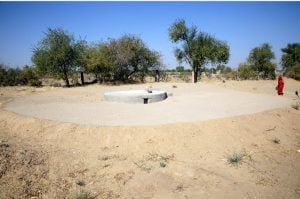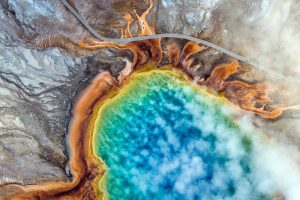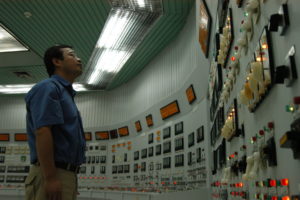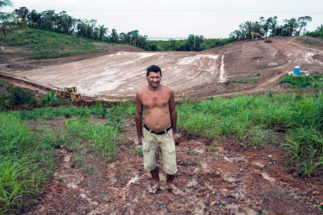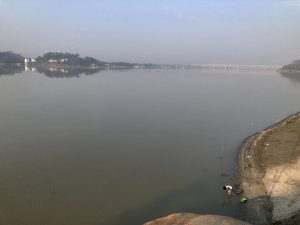As the elections grind on across India, the issue of cleaning the Ganga has received comparatively little focus. While both the incumbent political party – the Bharatiya Janata Party (BJP) – and the main opposition the Indian National Congress (INC) have focussed on the issue in their manifestos, there has been little discussion of it on the ground. This is especially surprising given that the Prime Minister, Narendra Modi, represents the constituency of Varanasi, through which the Ganga flows, and from which the city receives its prestige. When he filed his nomination papers in 2014, during the last elections, Modi said, “Mother Ganga has called me to Varanasi.”
While an opposition spokesperson has criticised the failure of the current government to clean up the Ganga, and Modi’s failed promise, it is not a signature issue for the opposition either. At her last campaign speech in Varanasi, Mayawati – head of the opposition Bahujan Samaj Party – did refer to it, but did not elaborate.
See: Photo feature: Ganga back to dirty ways
Possibly this is because the real challenge for the Ganga is upstream. A series of hydropower projects have severely limited the flow of the river, and without the steady flow, it is hard to see how any plan – and there have been many over the last three decades – to clean up the river can succeed.
See: No water for a clean Ganga
In this sense, the real fight for the Ganga is in the state of Uttarakhand. It is here that GD Agrawal, a leading academic and environmentalist who became an ascetic in his later years, undertook a series of fasts – inspired by Mahatma Gandhi – to influence various governments to change their behaviour. His last such undertaking took place last year, and he died on the 111th day of his fast.
See: Ganga loses its steadfast champion in GD Agarwal
This did not break the movement. Another engineer turned ascetic, a 27-year-old from the Indian state of Kerala, Atmabodhanand, is now the leading face of the protests. Another ascetic, Gopal Das, went missing.
Like Agarwal, Atmabodhanand went on an ardous fast for 194 days, which he finally broke in May when Rajiv Ranjan Mishra, Director-General of the National Mission for Clean Ganga (NMCG), gave assurances that laws banning sand mining on certain stretches of the Ganga would henceforth be enforced.


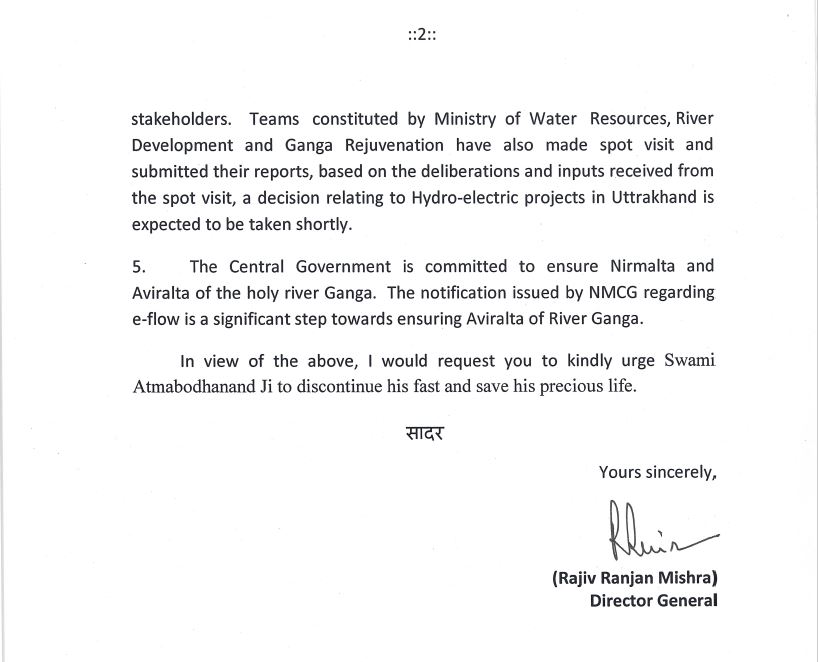
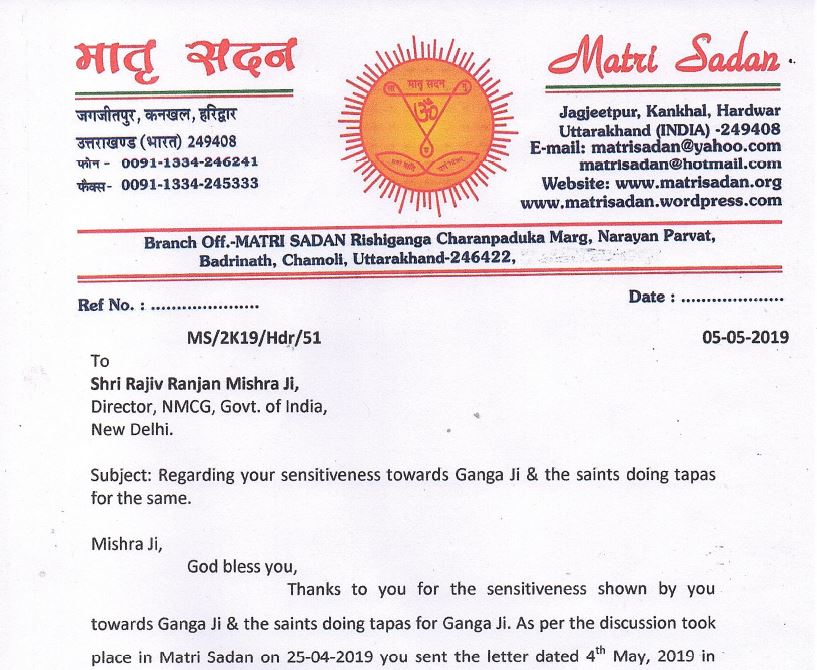
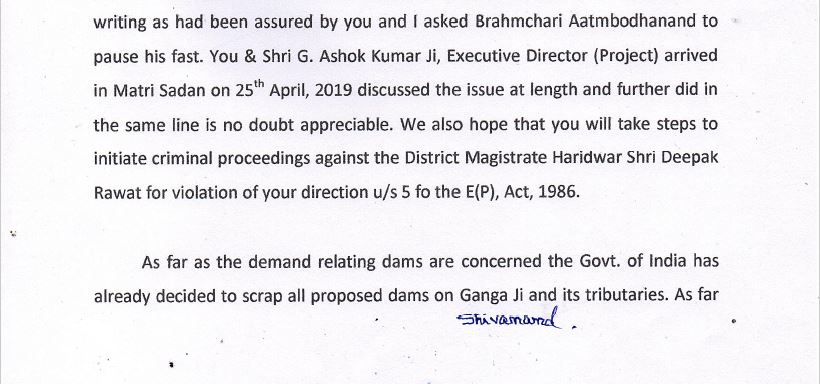
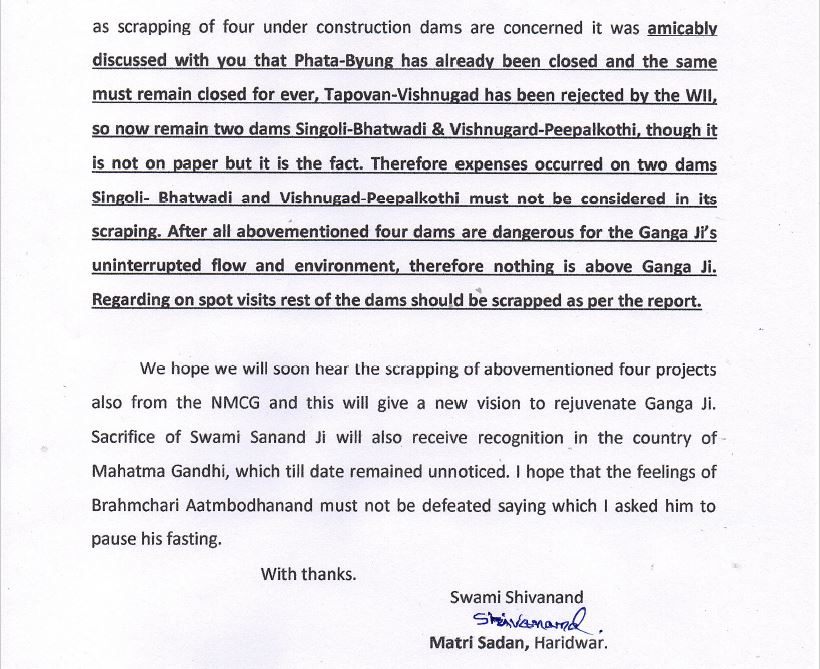
We spoke to Himanshu Thakkar, coordinator of the South Asia Network on Dams, Rivers and People on the state of the Ganga and the roles of the protests.
Anasuya Basu (AB): What happened with GD Agrawal?
Himanshu Thakkar (HT): We lost GD Agrawal at 86 years as he continued to fast for 111 days. Those in charge of the Namami Gange project [the government flagship programme to the clean the river] did not bother to assure the fasting hermit [that they would take action] knowing his frail condition. Dr Aggarwal began his fasts in the UPA days [of the previous government, 2004-2014] but following quick assurances and some work done, he would give up his fasts. The current NDA government has turned a deaf ear to appeals by activists and hermits like Agrawal despite launching the Namami Gange project with such fanfare.
AB: How has the project worked?
HT: On the ground nothing effective has been done. Agrawal died appealing to the self-styled ‘Ganagaputra’ (son of the Ganga) PM Narendra Modi who had committed himself to cleaning up the river to take the matter of saving the river seriously. But PM Modi didn’t have time to even visit the fasting hermit nor give any assurances.
AB: But the fasts are continuing, and it seems now the government is at least acknowledging them.
HT: Most of the the decisions to launch protests or fasts are being taken by Matri Sadan Ashram in Haridwar, in the state of Uttarakhand, under the direction of Swami Shivananda, another ascetic committed to the cause of fighting corruption and environmental destruction. The assurances given by the NMCG Director General in a letter dated May 4 appear to have taken into consideration the serious nature of the fasts by activists and therefore promises speedy action on pending issues.
AB: If both the activists and the government are focussed on cleaning the Ganga, what is the problem?
HT: The Namami Gange Mission works to prevent sewage and industrial waste from polluting the Ganga, but activist groups accuse the government of not taking steps to ensure natural flows in the river. Allowing hydropower projects in Uttarakhand blocks the natural water flow and renders sewage cleaning projects ineffective.
AB: Why is this not a mainstream issue?
HT: The sacrifice of ascetics like GD Agrawal, Swami Atmabodhanand and others [just] do not garner the media attention that it deserves. [This should be better covered] considering that the protests are about protecting India’s holiest river.
With inputs from Omair Ahmad
![<p>Put into protective custody in a hospital in Rishikesh, Agarwal refused to break his fast until action on the Ganga was taken [image by: Tarun Bharat Sangh]</p>](https://dialogue.earth/content/uploads/2018/07/Agrawal-hospital.jpeg)

